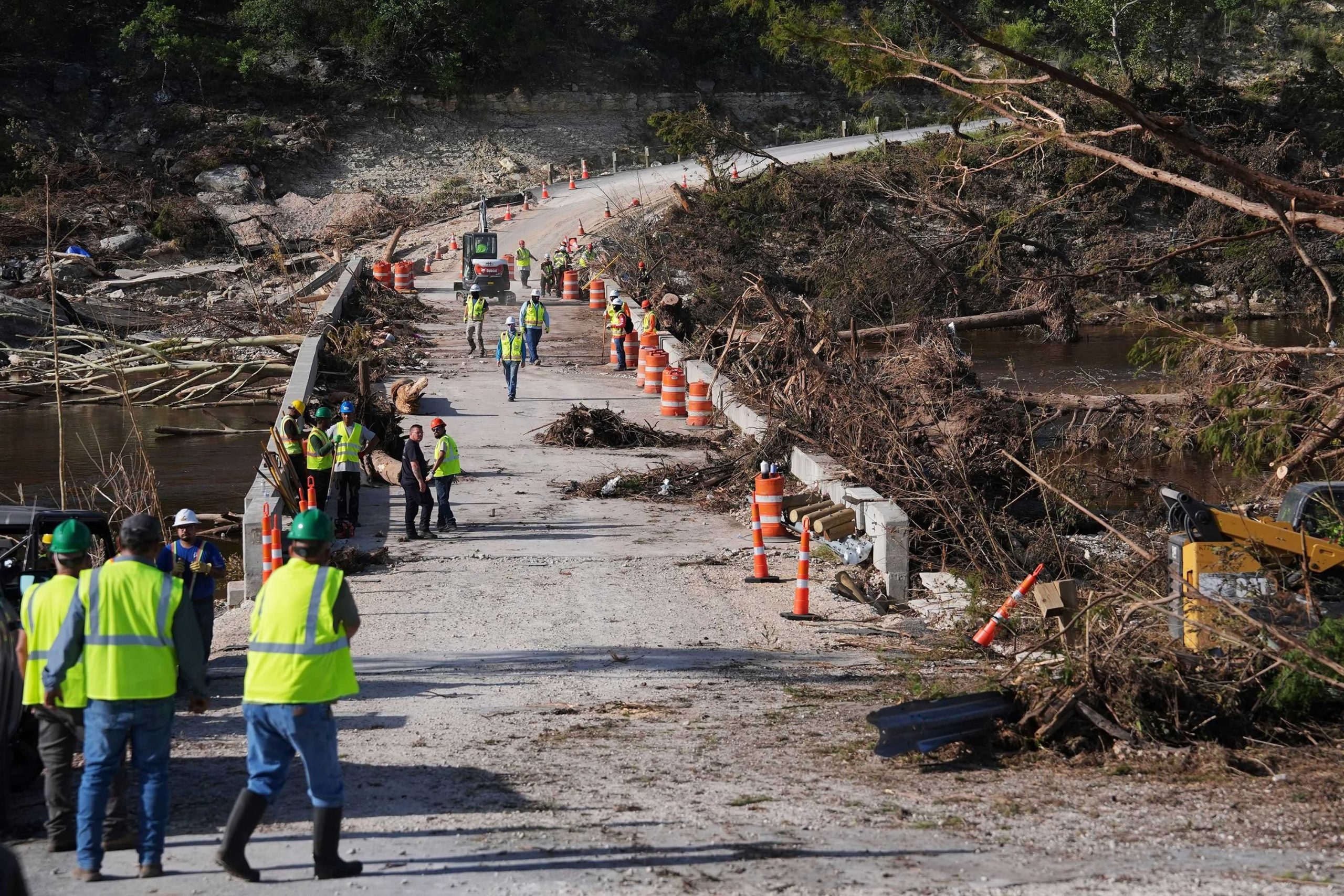Central Texas leaders are currently facing intense scrutiny from state lawmakers and grieving survivors, as critical questions persist regarding the response to the devastating July 4 flash flooding that tragically claimed at least 136 lives. The hearing brought to light significant oversights and prompted a renewed debate on the efficacy of disaster preparedness and emergency management at both local and state levels following the Kerr County disaster.
The human toll of this sudden and violent catastrophe was immense, with families left begging for rescue from rooftops and numerous lives, including many youths, swept away by the overwhelming waters. Survivors, some wearing green ribbons in memory of the victims, called for urgent improvements, emphasizing the lack of adequate warnings and the desperate chaos that unfolded in the early hours of the holiday.
A key point of contention emerged around the absence of an updated flood warning system in Kerr County. Years ago, a proposal for a siren-based warning system, similar to those used for tornadoes, was considered by county commissioners but ultimately discarded due to residents’ concerns about the cost. This missed opportunity is now viewed as a critical failure that potentially contributed to the high death toll.
Experts highlighted that readily available technology, such as a NOAA weather radar receiver, could provide life-saving alerts, even for hard sleepers, by emitting loud noises or vibrating devices. Such systems could offer the crucial advance notice that was desperately needed when the Guadalupe River swelled with unprecedented speed, catching residents completely off guard.
Testimony from local officials underscored the challenges faced during the critical hours of the disaster. The county’s emergency management chief explained his absence in the initial hours due to illness, although he asserted that communication flows remained uninterrupted through written summaries. Poor cell service along the river further hampered communication efforts, leaving many residents with virtually no warning.
Compounding the tragedy, authorities have begun releasing chilling records and audio, including 911 calls, providing harrowing glimpses into the escalating danger. These panicked and confused messages, from residents caught in trees to families fleeing homes with rising water, illustrate the overwhelming nature of the event and the desperate pleas for assistance that flooded emergency lines. However, Kerr County officials have notably denied several public information requests for 911 calls and body-camera footage related to the floods.
The legislative hearing itself occurred amidst a politically charged 30-day special session, where flood relief and disaster preparedness were added to the agenda by Governor Greg Abbott, alongside highly partisan efforts to redraw state maps. This backdrop highlights the complex interplay between urgent public safety needs and broader political maneuvers, with House Democrats launching protests to prioritize flood relief over redistricting.
In response to the tragedy and public outcry, lawmakers have begun filing bills aimed at providing funding for early warning systems, improving emergency communications, and strengthening flood infrastructure in flood-prone areas. These legislative efforts signify a recognition of systemic failures and a commitment to preventing future disasters of this magnitude in the state.
Ultimately, the deadly July 4 floods in Texas serve as a stark reminder of the critical importance of robust disaster preparedness, effective emergency management, and accessible warning systems. The ongoing legislative scrutiny and the calls from survivors underscore a profound need for actionable solutions to safeguard communities against increasingly unpredictable natural disasters, ensuring that such a tragedy is never repeated.






Leave a Reply